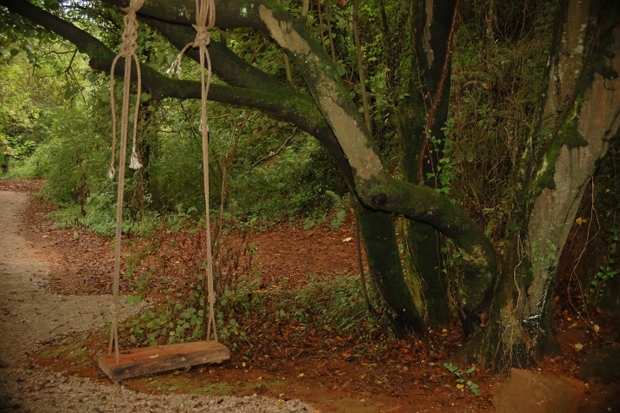The Lost Child begins with a scene of 18th-century distress and dissolution down by the docks, as a woman — once a slave in the West Indies, for a time a weaver and now an itinerant single mother dubbed ‘Crazy Woman’ by those who might toss a coin in her direction — finally gives up the unequal struggle. What becomes of her son, in whom still beats ‘a strong and tenacious heart’ despite his abandonment, is for the moment unclear; his connection to the novel Wuthering Heights occupies a later portion of this sometimes frustratingly patchwork novel. For now, though, we are transported to 1950s Oxford and a woman with rather better prospects: Monica Johnson, whom we meet as she is entertaining her father over tea and Dundee cake in her college room.
But the reader’s initial confidence in Monica’s improved life chances is misplaced; the bulk of the narrative maps her meandering path downhill. Almost immediately we have met her, she quits her degree course to marry Julius Wilson, a postgraduate and big wheel in the Overseas Student Association; before too long, the pair find themselves crammed into a London bedsit with two small sons and a future that hinges precariously on Julius’s advancement in the People’s Action Party, the political movement that hopes to gain power in the unnamed Caribbean country of his birth.
If Julius wonders what Monica gets up to all day, then so do we: the curious blankness that emanates from her is at the heart of the novel, but is never quite explained. She rejects her parents, and specifically her school-teacher father, who weeps furtively for her; turns her back on her studies, and walks out, with some justification but a nonetheless surprising lack of regret, on Julius. Stationed back in the north, in a postwar municipal landscape whose council flats, dingy parks and forbidding pedestrian road bridges are skilfully evoked, her lack of agency becomes increasingly problematic.
The erasure of female experience runs through this novel, although in Monica’s case, it appears to be a matter of willed self-erasure, given a helping hand by a few uncommunicative men and an unhelpfully stratified bourgeois society. Elsewhere, in a surprising but powerful section, Phillips transports us to the deathbed of Emily Brontë, picturing her in flight from reality and climbing ‘the short, steep staircase of her imagination’ into the ‘heather-clad world’ in which she discovered Heathcliff.
The ‘boy who came from the moors’ is linked to Monica’s sons, Ben and Tommy, another pair of lost children who are among the likely casualties of women whose lives go off the rails. What makes some people able to save themselves and others seemingly destined to slip beneath the waves with barely a fight is this affecting novel’s most troubling question — one that it doesn’t presume to answer but commits itself to asking in an intriguing variety of ways.
Available from the Spectator Bookshop, £12.99 Tel: 08430 600033






Comments